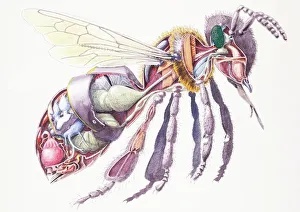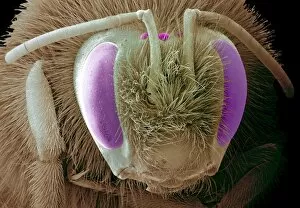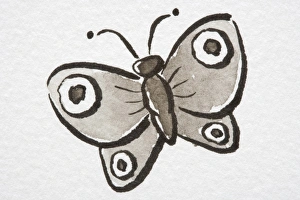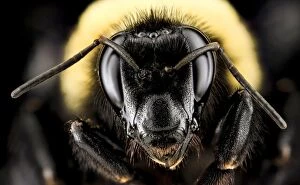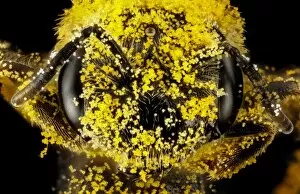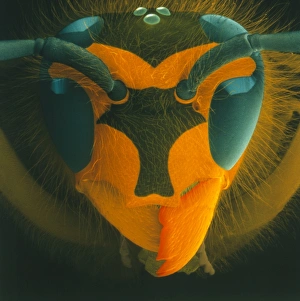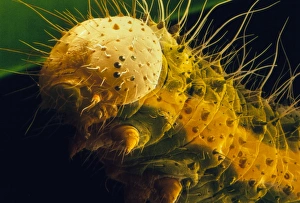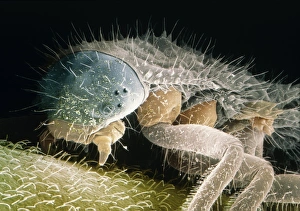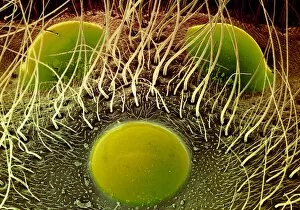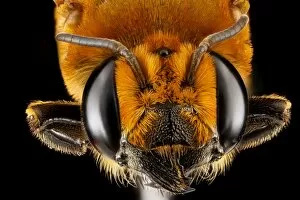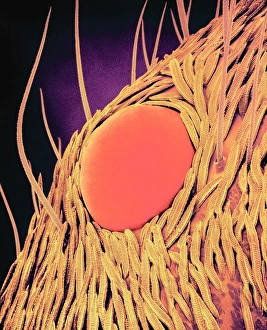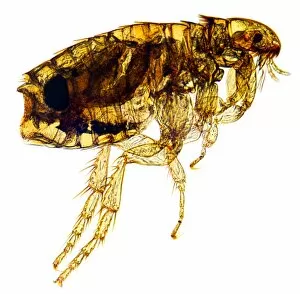Ocellus Collection
The ocellus, a fascinating feature found in various insects, plays a crucial role in their survival and behavior
All Professionally Made to Order for Quick Shipping
The ocellus, a fascinating feature found in various insects, plays a crucial role in their survival and behavior. Take the honey bee (Apis mellifera) for example, its internal anatomy reveals the intricate cross-section of its ocelli. In stunning SEM images like Bee head C018 / 0546 and Male bee head C018 / 3568, we can observe these tiny yet powerful structures. But it's not just bees that possess ocelli; even butterflies showcase their beauty through eyespots on their wings, as illustrated vividly. Meanwhile, the female bumblebee (Bombus auricomas C018 / 3579) proudly displays her head adorned with pollen grains collected during her important pollination duties. Other insects also boast remarkable ocelli adaptations: a colored SEM of a wasp's head (Vespula vulgaris) showcases its unique features while the cabbage white caterpillar's SEM image highlights its distinct structure. The ladybird larva (Coccinella sp. ) is captured beautifully in another colored SEM image. Not limited to insects alone, spiders also possess simple eyes known as ocelli - Spider simple eyes SEM C018 / 0560 provides an up-close view of this intriguing adaptation. Similarly, wasps exhibit their own version of these simple eyes as seen in Wasp simple eye SEM C018 / 0559. Lastly, Bee simple eye SEM C018 / 0558 captures the elegance of a single compound eye from yet another perspective. Whether it be honey bees or butterflies, wasps or spiders - each creature presents us with captivating glimpses into the world of ocelli and how they contribute to their extraordinary lives.

